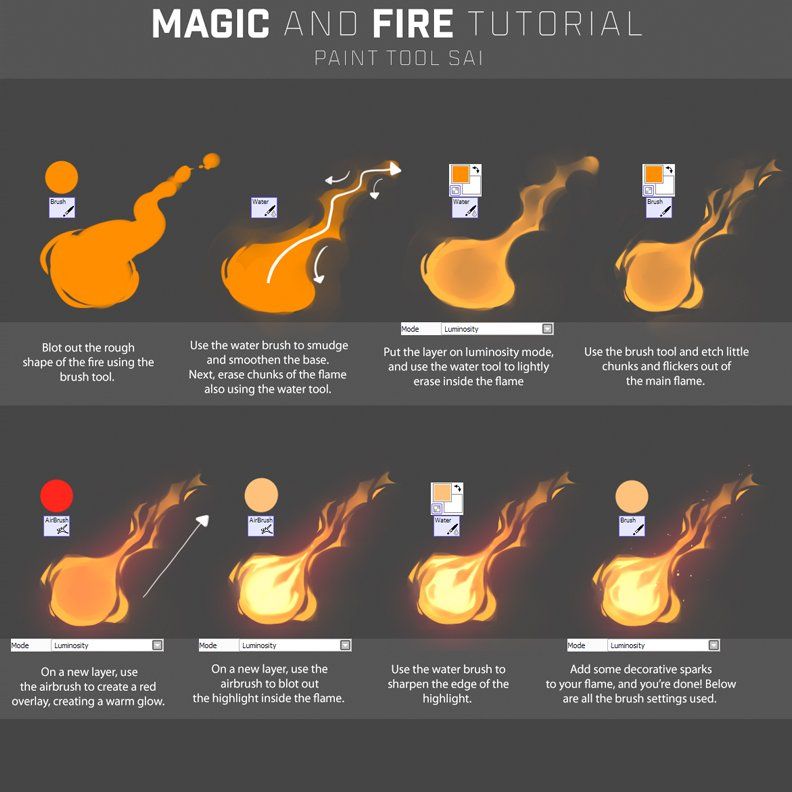By
Raphael Orlove
Comments (164)Alerts
We may earn a commission from links on this page.
Gif: Reddit’s r/WCGW
Was 2021 a great year? Not exactly! But we did have some posts that did good traffic. Take a walk down memory lane with us, as we think back on 2021, a year that will seem much better by this time in 2022.
The internet is awash with people using a spritz or two of brake cleaner or starter fluid to bang set a bead on a tire. As you can see above, there’s a right way and a wrong way.
Getting a tire to mount right on a rim can be a challenge. Hell, I spent a week trying to mount my first tubeless mountain bike tires a few months back and found a lot of the same tips and tricks being used there as you find in the four-wheeled off road and stance car scenes.
The central problem is you want a tire to press right on up to the inside lip of the rim and kind of lock in place. Tires have a kind of raised edge right at the inside lip, and rims have a raised edge, too, on the inside of their outer edge. As you inflate the tire, its bead pushes out to the edge of the rim and forms its airtight seal. This is called “setting the bead,” and usually it’s a pretty easy job both on a bike or a car tire. Pumping up the tire with air is usually enough to set the bead on anything ordinary, and if it’s tough, slightly overfilling the tire with air will get you the pop ... pop ... ping! of the bead seating. Amazingly, I dug up some fantastically low-res images on government websites that I am free to use to illustrate my point.
Here you can see a fueleconomy.gov diagram of a car tire, with its lipped bead:
Illustration: FuelEconomy.gov
And here is how that bead seats into a rim, as seen in a NHTSA cutaway:
Photo: NHTSA
Sometimes, though, a tough tire on a wide rim will not quite want to work its way to the bead. This is why you see people lubricating the bead with soapy water when mounting a tire.
This is why you see people lubricating the bead with soapy water when mounting a tire.
It’s also why you see some people (particularly those in the off-roading world) use a ratchet strap to help set a bead. The idea in this case is to press the tire down and out towards the lip of the rim, doing some of the work for you before you start trying to blast air into the tire. Here’s an example:
And here’s a more low-tech example on a small tractor tire using a rope:
Both of these methods help you out if you don’t have a giant air compressor to get a huge blast of air in to really pop in a tricky bead. But what else gives you a big blast of air pressure? An explosion! This is the fundamental theory of using fire to set a bead. There really isn’t that much fuel needed to get even a pretty big tire to set its bead, as seen here on a Jeep:
You see the same technique in the world of stance cars fairly often, as people try and mount tires on wider and wider wheels. Even a pretty normal tire will need some help to stretch out and meet the lip of the rim.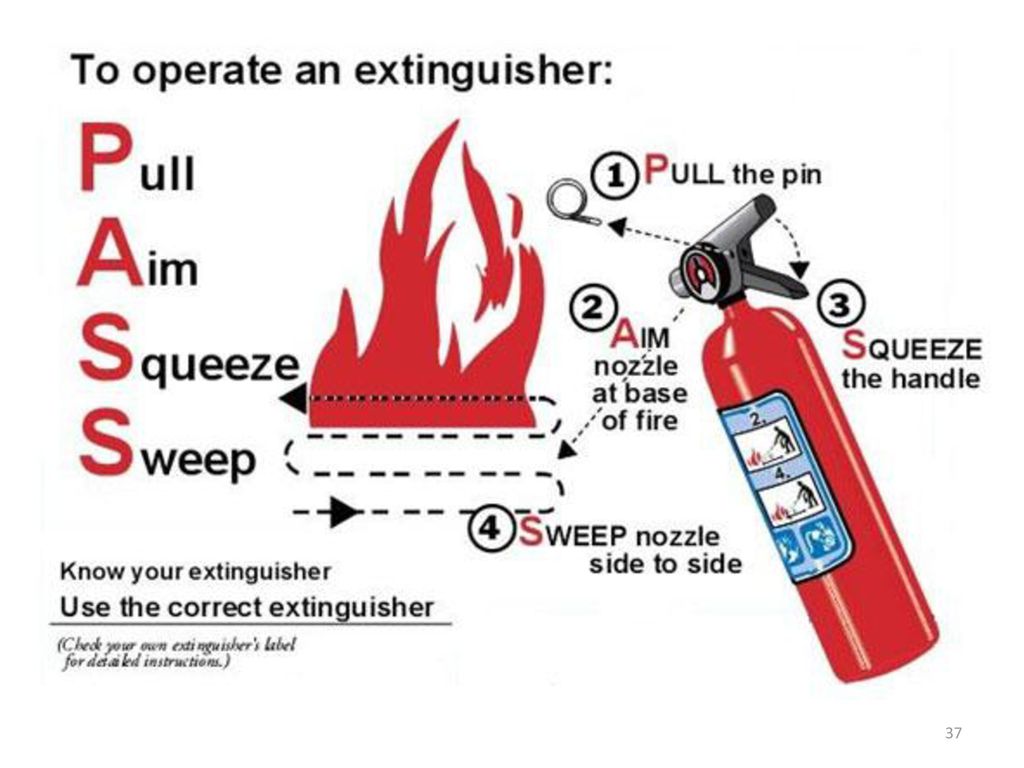 Here’s Hoonigan doing it with a strong “don’t try this at home” warning a few years back:
Here’s Hoonigan doing it with a strong “don’t try this at home” warning a few years back:
Car And Driver also has its own step-by-step guide to using fire to set a bead while out in the field, with similar intonations not to do this. As someone who grew up in California and had to live through many a smoke-filled summer from wildfires, I, too, would not encourage anyone to do this while in a dry field or pine forest they happen to be Jeep’ing through.
As you can see in the videos, not a ton of combustable fluid is at hand. Too much of an explosion and you risk not just inflating the tire enough to set the bead, but enough to blow out the tire altogether.
That’s exactly what happens in this video uploaded to Reddit’s terrifying What Could Go Wrong subreddit. The video itself is overflowing with wonderful Brazilian energy, and every word in Portuguese uttered is dripping with confidence, even as the guy dumps basically a full Mountain Dew’s worth of gas into this tractor tire:
17,655 votes and 571 comments so far on Reddit
Read more
I apologize that I can’t embed the video, as our CMS isn’t quite as friendly to my old hacks that would get anything in here. I do encourage you to click the link above and watch the video.
I do encourage you to click the link above and watch the video.
The best I can do otherwise is give you a frame-by-frame.
Screenshot: Reddit’s r/WCGW
Let us first enjoy the optimism presented here. What could go wrong, indeed!
Screenshot: Reddit’s r/WCGW
A key element of this process is to slap the tire first, patting it as you would a horse.
Screenshot: Reddit’s r/WCGW
Here we can see a truly large volume of combustable liquid going into the tire. How much liquid? Too much.
Screenshot: Reddit’s r/WCGW
The guys hook up air to the tire — fire might set the bead, but this air is meant to keep it set and filled with air. Our hero in the blue jeans is making a safety trail of fluid that could have been longer, honestly. A few hundred feet would have been comfortable for me.
Screenshot: Reddit’s r/WCGW
Our second and only other safety measure is to use a lit rag on a stick to set things off. Ear protection? Nah. Eye protection? Nah. Rag on a stick! You’re good, bud.
Rag on a stick! You’re good, bud.
Screenshot: Reddit’s r/WCGW
Here, for just a moment, we see that this actually worked! The bead, as you can see in this frame, is set. Look at how snug that giant tire is to the bead. Perfection.
Screenshot: Reddit’s r/WCGW
And just one frame later, our failure is more than present. The explosion of the tire blowing out is enough to distort reality. Our protagonist has turned wiggly. I would not want to be an ear drum anywhere near this.
Screenshot: Reddit’s r/WCGW
Here, also, is a good view of the tire itself blowing out. You can have too much of a good thing.
Screenshot: Reddit’s r/WCGW
And here is our aftermath. The bead is not set, the tire is on fire, and the windows on the tractor are trash. We have now entered into a new calculus of wondering — would it have taken less time to set this bead using a non-explosive method than it will take now to fix the broken glass on this John Deere? We may never know.
If you’re a regular driver, you may have had the bad luck of experiencing a broken tire bead.
Hitting the curb or pothole, or even a quick sharp turn can result in an unseated tire bead, making the tire impossible to re-inflate.
Reseating the bead by taking it to a workshop might not be the most viable option when you’re left stranded in the middle of a road.
But do not worry because there is a rather quick (albeit dangerous) fix to pop a tire back on the rim.
All you need is some combustible fluid, a source of ignition, and a little faith in science. Just spray a little starter fluid outside the rim, and light it on fire. The expanding gas will push the sidewalls of the tire up and out, causing the tire bead to snap back into place.
You would require the following items to perform this task:
Follow the steps outlined below to properly seat a tire back on the bead:
Step 1: Lift the tire up from the groundElevate the wheel off the ground with the help of a jack. If you’ve already disassembled the wheel, place the rim inside the tire and lay it flat on the ground.
If you’ve already disassembled the wheel, place the rim inside the tire and lay it flat on the ground.
Don’t have a jack?
Well, don’t worry you can check out our guide to jacking up a car without a jack!
Carefully spray some starter fluid in the cavity created by the rim and the sidewall of the tire.
Make sure you don’t spray too much of the liquid as that might damage the sidewall of the tire.
Once you’ve sprayed it around the entire bead, spray a little off the edge of the tire and onto the floor in a straight line.
Be extremely cautious with the amount of fluid that you spray onto the wheel.
Starter fluid is highly flammable. Using exorbitant amounts of such combustible liquid can cause a fire that might be difficult to contain.
Due to this reason, always keep a fire extinguisher nearby.
Using a lighter, matchstick, or whatever source of ignition you have, light up the starter fluid starting from the link you previously made on the ground.
This step must be carried out immediately after spraying the tire bead so that the fluid does not evaporate away.
You might want to step back and distance yourself a bit after this step as it will cause an explosion.
The fire will cause the gases in the wheel to ignite and expand rapidly.
This sudden expansion of gases (an explosion) will cause the tire beads to move along the wheel and catch the grooves, seating them back in place.
As soon as you hear a popping sound, put out the fire as soon as possible.
This indicates that your tire is seated back onto the rim.
Finally, pump air into the tire using an air pump and you’re all set to hit the road again!
There are some disadvantages that come along with this method of popping tires back onto the rim. If not done properly, this can result in Pyrolysis, which is basically the thermal decomposition of the tire.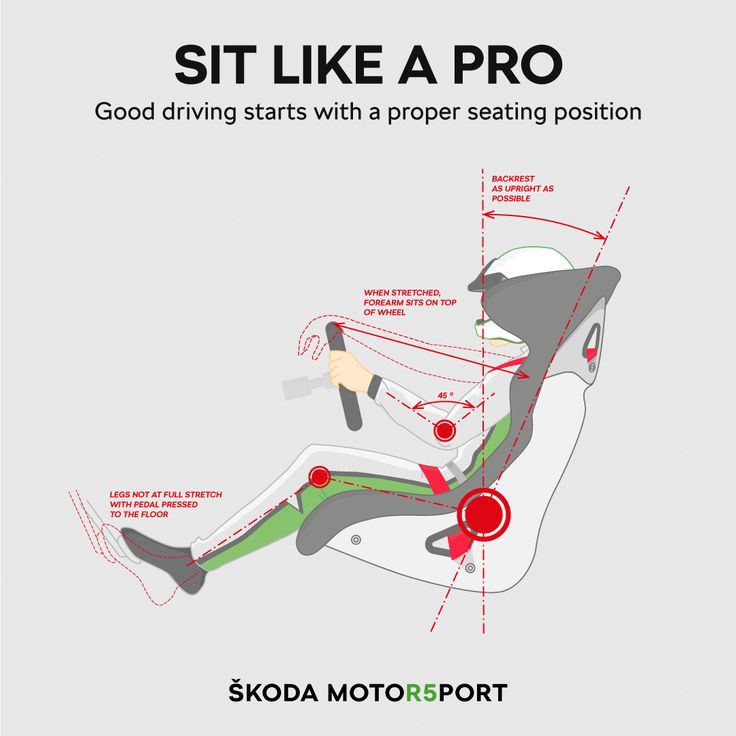
Pyrolysis can not only cause chemical deterioration of the tire over time but can also lead to a full-blown-out explosion.
The pressure inside may rise up to 7000 kPa and seriously injure anyone in close proximity to the tire.
Watch this video to learn the science behind using fire:
This is why you must always put off the fire as soon as you hear the ‘pop’ sound – usually a couple of seconds after you light up the fire.
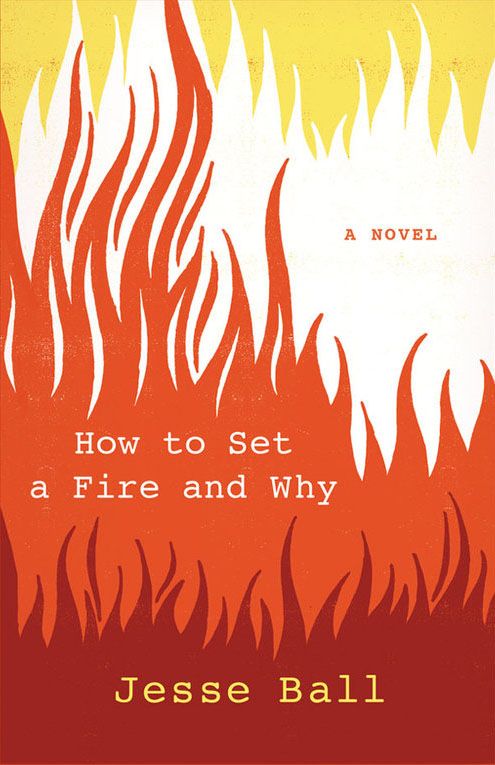
Any kind of clicking or popping sound from your car’s tires is a cause for alarm, and something not to be taken lightly.
Sounds coming from a vehicle’s wheels might be due to an underlying problem in one (or more) of the following parts:
In order to find out the exact cause of trouble, you would need to take the car for a road test.
However, before you do that, make sure that there isn’t something dangling off your vehicle or a broken car part causing the noise.
Using fire might be a convenient way to pop your tire back onto the rim, but it surely isn’t the safest. Playing with combustible fluids and fires can be very risky and dangerous if you don’t know what you’re doing exactly.
Always try to seek help from a professional first, and if that isn’t possible, only then should you try pulling off such a feat. Just make sure that you abide by all the necessary safety protocols, and you should probably be fine.
(Visited 5,616 times, 6 visits today)
90,000 we burn and swing the soundless wheel using gasolinePublished:
Content
a situation where you need to sideboard a tubeless tire on the road, and at the same time pump up the wheel a little and do all this without a pump, since an ordinary car pump and an electrode pump on a tubeless tire are meaningless.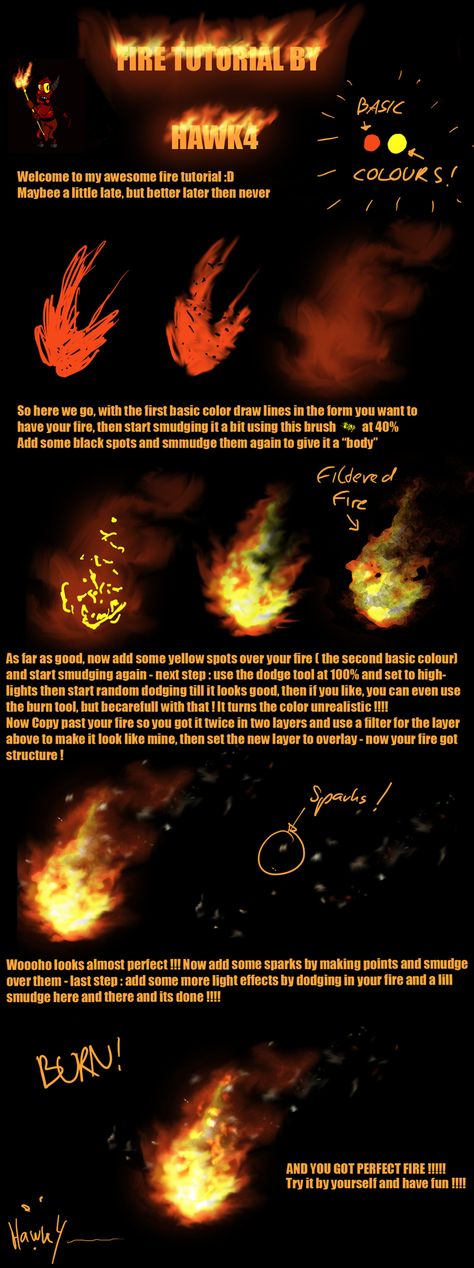 Air will simply come out along the edges of the tubeless, since the tire does not sit tightly on the disk. You can put it on the disk only with high pressure or a very fast pumping speed - such as compressors at service stations. But not a common automotive compressor, much less a hand pump. nine0005
Air will simply come out along the edges of the tubeless, since the tire does not sit tightly on the disk. You can put it on the disk only with high pressure or a very fast pumping speed - such as compressors at service stations. But not a common automotive compressor, much less a hand pump. nine0005
Well, actually the situation, for some reason, a situation arose on the road when it was necessary to perform this very operation to flare a tubeless tire - it jumped off, a deflated spare tire, overboarded from a damaged disk to a whole one, etc. How to do it in the field so to speak.
If your car runs on gasoline, then this is good in this situation, if on diesel, then you will need some kind of combustible substance with very fast ignition like gasoline. In this case, consider the gasoline method. So, you have a wheel disassembled - how to board it back? take 30-50 grams of gasoline, pour it into the tubeless tire through the nipple, or from the side.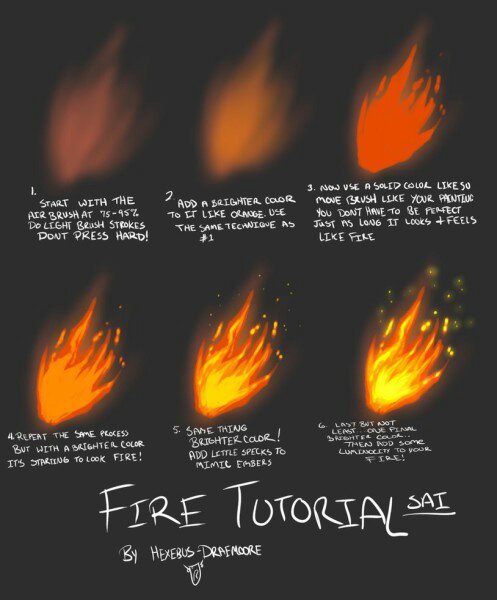 nine0005
nine0005
Next, take a lighter or better fire on some extension cord, well, for example, a rag burns on a stick and bring this source of fire to the tire where the rim or nipple where you poured 30-50 grams of gasoline, gasoline vapors will immediately ignite sharply inside tires, which in fact will instantly create quite a high pressure, absolutely sufficient to completely seal a tubeless tire.
Yes, I forgot to say, the spool must first be unscrewed - so that the tire does not burst and ignition occurs well. After such a landing of tires on the rim, pressure will also be created in it, usually 0.5-0.7 atmospheres, in fact, on such a wheel you can even quietly drive to the nearest hundred. But it is better to pump it up with a pump, if any. nine0005
Do not pour a lot of gasoline, as it can corrode rubber over time, you can also use various flammable ignition fluids and aerosols. Often, for a disc size of 15 and standard passenger rubber, 5 cubic meters of gasoline in a syringe is enough, this is about 10-20 grams.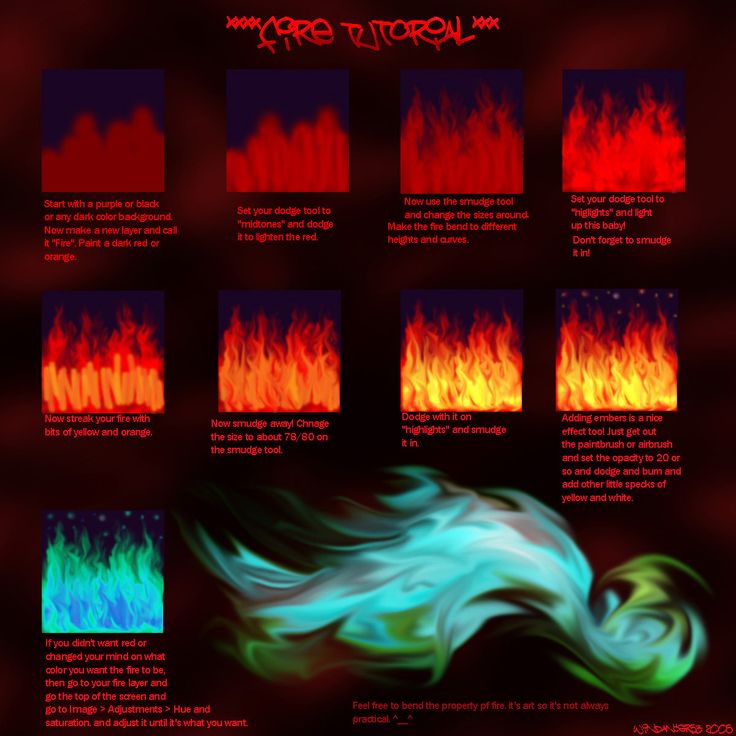 Now you know how to buckle a tire in an emergency, and not stand for hours waiting for help or waiting for a tow truck for a long time. For a more complete understanding of the process, watch the video on how to fill a wheel with gasoline
Now you know how to buckle a tire in an emergency, and not stand for hours waiting for help or waiting for a tow truck for a long time. For a more complete understanding of the process, watch the video on how to fill a wheel with gasoline
How do you like the article?
Vladimir Gavrilov
Estimated reading time: 4 minutes
6352
A08 / Shutterstock.com
nine0002 Not all motorists keep foot pumps in their trunks.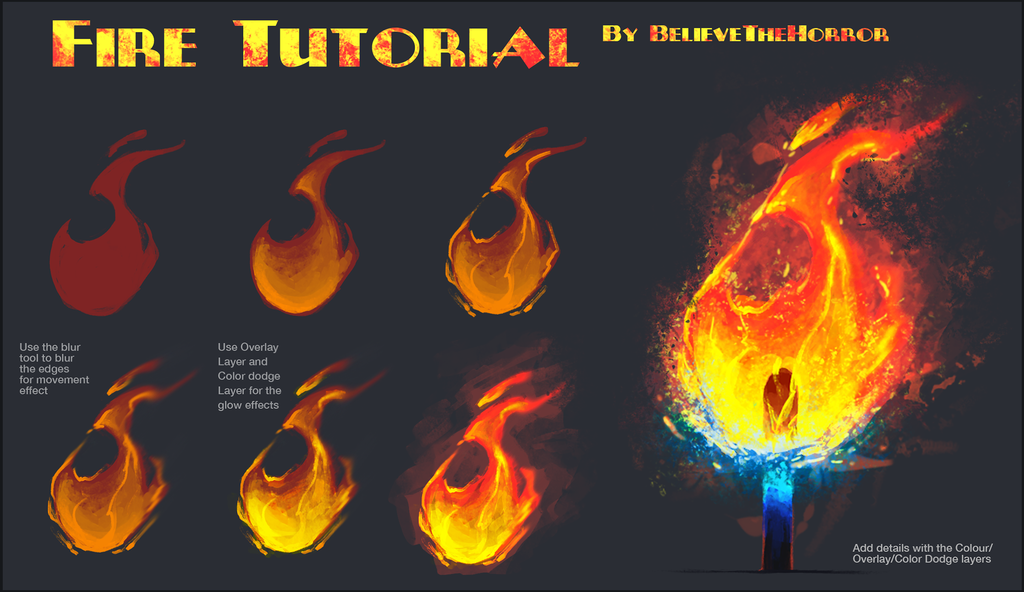 Many are limited to conventional electric compressors, which do not take up much space in the trunk and pump the wheels perfectly. However, they have an annoying feature. Compressors burn fuses in the car when connected to the cigarette lighter. Therefore, at the right time, this electrical device can simply stand in the middle of the tire inflation process. The wheel remains inoperable. How to bring the pressure to the values prescribed by the manufacturer? nine0005
Many are limited to conventional electric compressors, which do not take up much space in the trunk and pump the wheels perfectly. However, they have an annoying feature. Compressors burn fuses in the car when connected to the cigarette lighter. Therefore, at the right time, this electrical device can simply stand in the middle of the tire inflation process. The wheel remains inoperable. How to bring the pressure to the values prescribed by the manufacturer? nine0005 The best solution is to find an assistant. Usually, motorists are responsive on the track and help drivers in trouble. Asking for a pump or compressor is easy. Often truck drivers come to the rescue. Any truck with air brakes can supply dry air at high pressure through a hose with a nipple nozzle. Therefore, the wheels will be inflated quickly.
If there are no trucks nearby, and up to 0.5 atm is left in the tires, then you can drive to the nearest gas station and find the necessary equipment in the store, including a tire repair kit.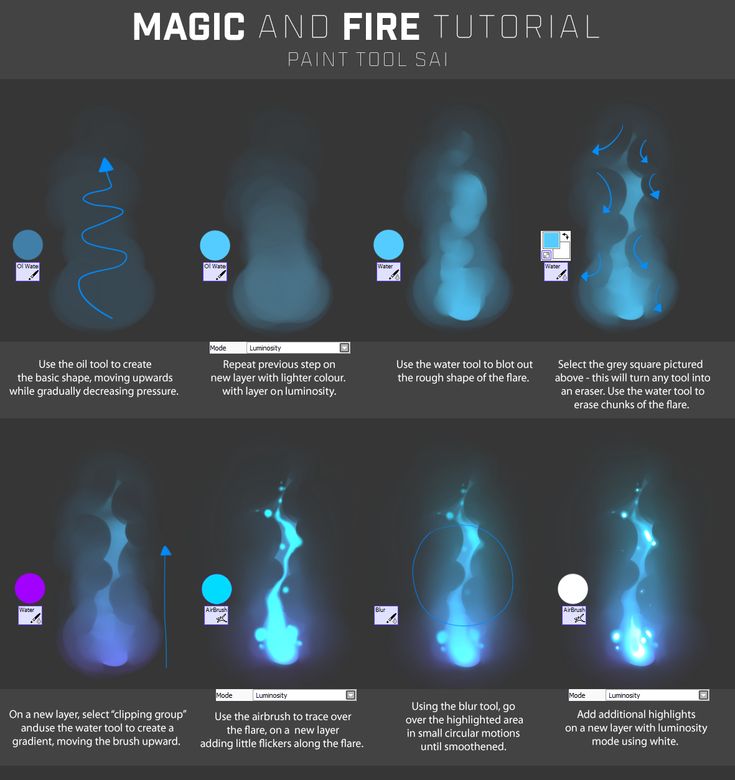 The main thing - when driving, do not exceed 60 km / h, turn on the alarm and avoid sudden braking. Otherwise, a sagging and limp tire can be torn off the rim. nine0005
The main thing - when driving, do not exceed 60 km / h, turn on the alarm and avoid sudden braking. Otherwise, a sagging and limp tire can be torn off the rim. nine0005
In addition to a shop with the necessary accessories, many gas stations have a free tire inflation point. It is very easy to use it. It is enough to fix the nozzle on the nipple, set the required pressure on the shield and press the green button. The pump will inflate the tire and then turn off.
When the tire is completely flat, you can put on the spare tire and keep going. However, in the absence of it, or if two wheels are punctured in an area where there are no assistants and trucks never pass, you will have to resort to completely radical ways to save the car from trouble. The most memorable way is to inflate tires with a fuel explosion. nine0005
It is necessary to remove the wheel from the car, find a puncture, remove a nail or other object sticking out of the rubber, and then screw a thick self-tapping screw into the hole, which will temporarily serve as a plug if there is no repair kit and flagella at hand.
Next, completely deflate the tire and disassemble it.
Then we pour about 50 grams of gasoline inside the tire, spin the wheel so that the fuel spreads over it, and wait for it to evaporate. Next, we make a small torch at the end of a long - about a meter - branch and bring an open fire to the wheel. Gasoline vapors explode and the wheel instantly inflates. The more gasoline vapors exploded, the tighter the wheel will inflate. However, the nominal pressure of the gases is not reached. Perhaps there will be 0.5 atm., But this is enough to continue the journey to the gas station or to the tire fitting. nine0005
During this experiment, be careful not to spill gasoline on your hands or on the wheel. When a torch is brought up, the fuel may ignite and burn the tire. Therefore, it is better to keep a fire extinguisher ready.
Another piece of advice from the experts behind the wheel. They were experimenting with alternative ways to inflate tires. If you hammer a wooden plug into the exhaust pipe, drill a hole in the center of which and pass the hose through, you can inflate the tires up to 1-1.5 atm. The pressure in the exhaust system reaches 2 atm. True, on the side of the road it is difficult to quickly make an adapter from the exhaust pipe to the hose. It must be done in advance and carried with you. nine0005
If you hammer a wooden plug into the exhaust pipe, drill a hole in the center of which and pass the hose through, you can inflate the tires up to 1-1.5 atm. The pressure in the exhaust system reaches 2 atm. True, on the side of the road it is difficult to quickly make an adapter from the exhaust pipe to the hose. It must be done in advance and carried with you. nine0005
Another way is more plausible. If you find a long hose and fasten the tips on both ends with clamps, then with it you can transfer pressure from other wheels. If you release about a quarter of the pressure from each of the three wheels, then enough air will be collected in the deflated and repaired to continue moving. True, not every driver carries a spare pump tip with him.
In general, in order to avoid such painful problems with the wheels, it is better to throw a foot pump in the trunk that will not burn out and burn the cigarette lighter, and stock up a spare repair kit with a set of flagella and self-tapping screws.